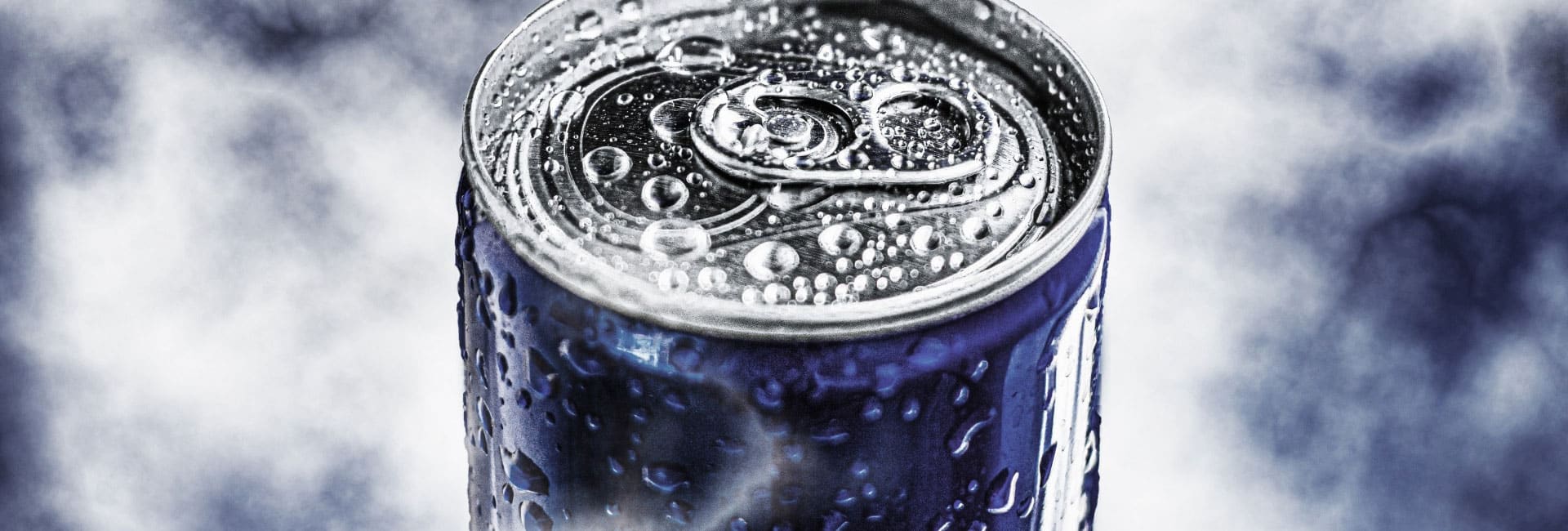
Used under a Creative Commons Licence
Branding Laws Packaged and Gift-Wrapped
Was your product copied, or does a competitor’s packaging look suspiciously close to yours? Or maybe you’re worried your own design is too similar to someone else’s?
Packaging isn’t just about good design—it’s brand real estate. On a crowded supermarket shelf, your packaging is often the first—and sometimes only—thing that catches a customer’s eye. It can be the glue that keeps them coming back, building brand loyalty over time. As designer Paul Rand once said, “Design is the silent ambassador of your brand.”
When done right, packaging speaks volumes without saying a word. But when someone copies that look, the silent message becomes muddled—and your competitive edge erodes.
If you’re facing these kinds of headaches, you’re not alone—and you’re right to be concerned. As Warren Buffett wisely put it, “It takes 20 years to build a reputation and five minutes to ruin it. If you think about that, you’ll do things differently.” The legal cases we’ve highlighted show how easily packaging disputes arise—and that there’s often a fine line between being inspired by a design and “sailing too close to the wind,” as courts have put it.
What Can Go Wrong?
Let’s take look at what happens when packaging is legally challenged.
Little Bellies v Aldi: The David vs Goliath Snack Battle
Little Bellies is a family-run Australian snack brand, famous for its healthy children’s treats. One day, they noticed Aldi’s “Mamia” snacks on supermarket shelves looking suspiciously familiar— it had a cartoon character, similar white background and playful layout. Little Bellies took Aldi to court the judge agreed Aldi had copied the heart of their packaging design. This wasn’t just about copying a vibe—it was about taking the creative work of another brand and using it for commercial gain. The judge called Aldi’s actions “flagrant” and awarded extra damages to Little Bellies. This was the first time Aldi lost a copyright case over packaging in Australia, setting a big precedent for other brands.
Another Aldi Case: When Copying Didn’t Cross the Line
Aldi has faced plenty of legal battles over its lookalike packaging. In earlier cases, like when Frito-Lay (the makers of Twisties) accused Aldi’s “Cheezy Twists” of copying their packaging, Aldi actually won. The court found that Aldi’s version was different enough not to break the law. Similarly, in a dispute with Moroccanoil, Aldi was accused of copying the look of the famous blue and gold bottles, but again, the court sided with Aldi. These cases show that while Aldi often takes inspiration from popular brands, it usually makes just enough changes to avoid legal trouble—unless, as in the Little Bellies case, the copying goes too far.
Moccona v Vittoria: The Coffee Jar Showdown
Moccona coffee is famous for its distinctive glass jar. When Vittoria, another coffee company, started selling its own instant coffee in a similar jar, Moccona took them to court, claiming shoppers would get confused. But the judge didn’t see it that way. He said Vittoria’s jar was pretty plain and that most shoppers would recognise the “Vittoria” branding on the label. The court also noted that the shape of a jar alone isn’t always enough to be a trade mark—especially if it’s a common, functional design. In the end, Moccona lost the case, and both brands were allowed to keep using their own jars.
Another Brand That Lost: The Coconut Water Case
In another case, a coconut water brand claimed a rival had copied their packaging after a settlement agreement they made where they agreed to end the dispute on certain terms. The rival had changed their packaging, but the original company argued it still looked too similar. The judge, however, wasn’t convinced. Just seeing a competitor’s product and being inspired in this case wasn’t enough to win the case.
To protect your brand and packaging, start by registering everything you can—not just your logo, but the full packaging design if it’s unique. This includes colours, shapes, and layout. Keep an eye out for copies, both in stores and online, and act fast if you spot anything suspicious—send a legal warning and get advice if needed. Make sure your team understands how important this is, and help your customers know what to look for so they don’t get tricked.
It’s just as important to make sure your packaging doesn’t accidentally infringe on someone else’s rights. Before you launch, do a thorough search to see what’s already out there, and get legal advice if you’re unsure. Remember, “Good artists copy, great artists steal,” Picasso famously said—but in business, copying can land you in court.
Common Questions
Q: How can I protect my brand and packaging?
A: Start by registering not just your logo, but also your full packaging design—like colours, shapes, and layout—if it looks unique.
Q: Why should I register the packaging, not just the logo?
A: Because someone might copy the look of your product, even if they don’t use your name. If it’s registered, you’ll have stronger legal rights.
Q: What should I watch out for?
A: Keep an eye on other products in shops and online that might look too similar to yours.
Further reading:
Copyright and intellectual property in Australia
https://www.artbusinessinfo.com/copyright-in-australia.html
IP Australia
https://www.ipaustralia.gov.au/
Australian Competition and Consumer Commission (ACCC)
https://www.accc.gov.au/consumers/advertising-and-promotions/false-or-misleading-claims
Labelling and packaging law
https://sharongivoni.com.au/services/regulatory-compliance/labelling-packaging/
To find out how to choose a good brand for gifts and homewares click here.
Please note the above article is general in nature and does not constitute legal advice.
Please email us info@iplegal.com.au if you need legal advice about your brand or another legal matter in this area generally.


